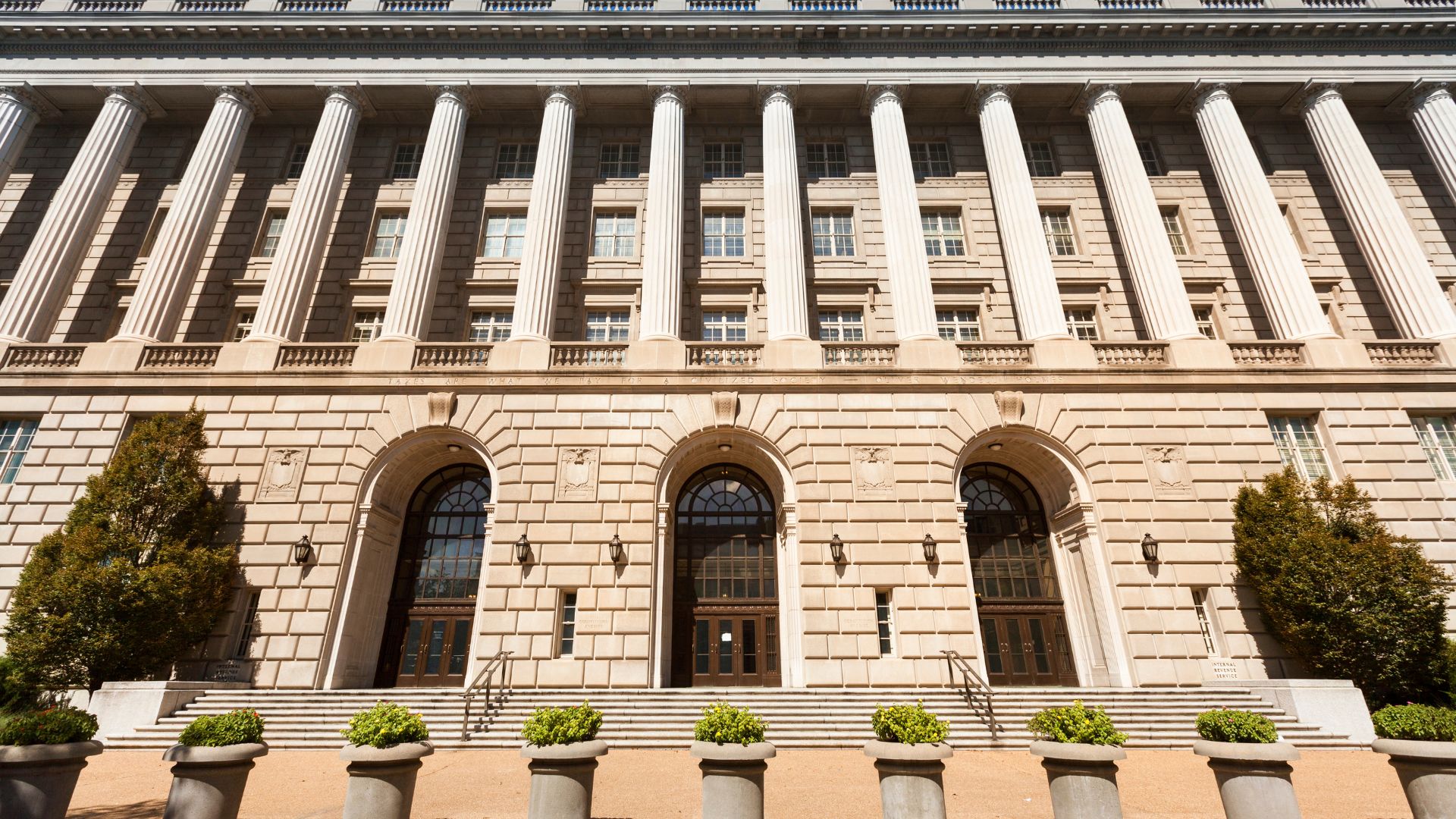Follow us on LinkedIn
Our PageIntroduction
The Internal Revenue Service (IRS) plays a crucial role in setting the per-mile optional rates used for various purposes, such as business, medical, moving, and charitable mileage deductions. As we navigate the year 2023, there is speculation as to whether the IRS will update the per-mile optional rate for the second half of the year. In this blog post, we will delve into the factors that may influence the IRS’s decision and offer insights into the likelihood of a midyear rate hike.
It was around this time last year that the rate was announced to be changing, so we should find out soon either way.
Current 2023 Per Mile Optional Rates
Before diving into our speculation, let’s establish the current per-mile optional rates set by the IRS for 2023:
- Business Use: The rate for business mileage in 2023 is 65.5 cents per mile driven, which reflects a 3-cent increase from the midyear adjustment set for the second half of 2022.
- Medical or Moving Purposes: Qualified active-duty members of the Armed Forces are eligible for a rate of 22 cents per mile driven. This rate remains consistent with the increased midyear rate established for the second half of 2022.
- Charitable Organizations: The per-mile rate for mileage driven in service of charitable organizations stands at 14 cents. It is important to note that this rate is set by statute and has remained unchanged since 2022.[1]
[1] IRS Announcement
Past Rate Adjustments
To better understand the IRS’s potential decision-making, let’s examine past instances when the per-mile optional rates were updated.
In 2011, the IRS did update the per-mile optional rate for the second half of the year. However, it is important to note that each year’s circumstances can vary significantly, and what happened in the past does not necessarily dictate the future.
In 2022, the IRS raised the per-mile optional rate by three cents for the second half of the year, setting a new high of 65.5 cents per mile for business use. This adjustment coincided with the prevailing economic conditions, inflationary pressures, and other relevant factors.
Speculation on a Midyear Rate Hike
Considering the information at hand, it is unlikely that the IRS will implement a midyear rate hike for the second half of 2023. Several factors contribute to this speculation:
- Previous Rate Increase: The IRS already raised the per-mile optional rate by three cents from the previous high of 62.5 cents in the second half of 2022. Such a substantial increase in the preceding year may indicate a desire to provide stability for taxpayers and reduce the need for frequent adjustments.
- Cooled Inflation: Although inflation is an essential consideration for rate adjustments, if inflation has cooled slightly in the months leading up to the midyear review, it could potentially diminish the urgency for an additional rate increase.
- Historical Precedence: While the IRS has updated rates in the past, each year’s circumstances and economic conditions differ. Speculating based solely on past occurrences can be misleading. The IRS closely evaluates a variety of economic indicators and taxpayer needs before making rate adjustments.
IRS Standard Rate and Other Reimbursement Programs
The IRS standard rate is an optional maximum mileage rate established by the IRS for business use of a personal vehicle. For the year 2023, the standard rate is set at 65.5 cents per mile driven. It is important to note that this rate is not mandatory; instead, it represents the maximum amount that can be reimbursed to drivers tax-free. Employers can choose to reimburse drivers up to the standard rate or any lesser amount without incurring tax liabilities.
Cents per Mile
The standard rate serves as the foundation for Cents per Mile programs. These programs calculate reimbursements based on the number of miles driven using a predetermined rate per mile, often tied to the IRS standard rate. For example, a company might choose to reimburse its employees at a rate of 50 cents per mile, which is less than the standard rate but still tax-free for the employees. The standard rate also serves as the yardstick for Accountable Allowance (463) programs.
FAVR
Apart from the Cents per Mile programs, there are other reimbursement approaches available, such as the Fixed and Variable Rate (FAVR) program and the Accountable Allowance program. These programs differ from Cents per Mile or standard rate programs in how they determine reimbursements.
The FAVR program utilizes a combination of fixed and variable expenses associated with vehicle ownership and operation. It takes into account factors such as depreciation, insurance, registration fees, fuel costs, and maintenance expenses. Reimbursements under the FAVR program are based on a predetermined allowance that considers both fixed and variable expenses.
Accountable Allowances (aka Tax-Free Car Allowance or 463)
On the other hand, the Accountable Allowance program allows employers to provide a fixed allowance to employees for the use of their personal vehicles for business purposes. To qualify as an accountable plan, employees must substantiate their business mileage and expenses. Then, you have to compare the value of the accountable allowance to the IRS standard mileage rate times the number of miles driven. The excess reimbursement—that is, beyond what the driver would have gotten at the IRS rate—is taxed. However, only the delta is taxed, and not the whole allowance.
It is crucial for taxpayers and businesses to carefully evaluate their reimbursement needs and goals when considering which program to adopt. Factors such as the nature of business operations, types of expenses incurred, and administrative ease should all be taken into account. Consulting with a qualified tax professional can provide personalized guidance in choosing the most suitable reimbursement program and understanding the associated tax implications.
Conclusion
In light of the current per-mile optional rates set by the IRS for 2023 and the recent three-cent increase from the second half of 2022, it seems unlikely that the IRS will implement a midyear rate hike for the second half of 2023. Factors such as the previous rate adjustment and a potentially cooled inflationary environment may contribute to this speculation. However, it is important to remember that the IRS’s decision will ultimately be based on an evaluation of numerous economic indicators and taxpayer considerations.
Please note that the information provided in this blog post is speculative and should not be considered as official guidance. Taxpayers should consult with a qualified tax professional or refer to the IRS guidelines for the most accurate and up-to-date information regarding per-mile optional rates and deductions.
Share on:



